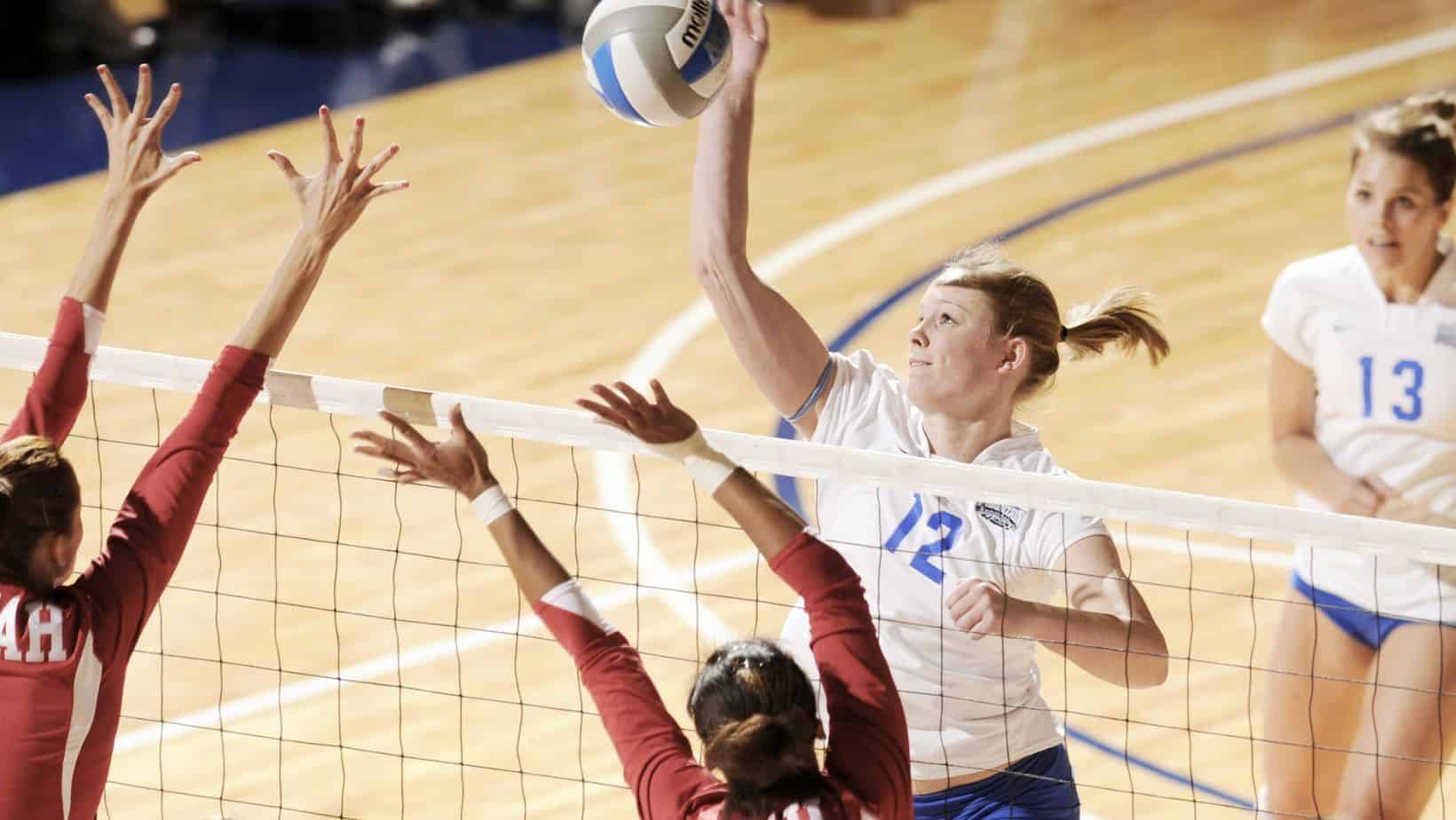Best Ankle Brace
Read More >
In our experience, you can cycle on a stationary bike with a sprained ankle. Cycling is one of the first cardiovascular activities you can return to with a sprained ankle, as the non-impact nature of cycling and the fact that it is linear in motion shouldn’t place any stress on the ligaments.
Cycling a bike can help accelerate recovery from an ankle sprain by increasing blood flow to the ankle and decreasing swelling in the affected ankle. No twisting or turning motions are involved in cycling, so it is unlikely to irritate your symptoms.
We recommend a steady-state cycle initially for 10-15 minutes; this should be pain-free and increase in increments of 5 minutes. Stay in the saddle and cycle with a high cadence. As your symptoms improve, you can be less cautious and begin to cycle outdoors. Be careful when clipping in and out with cleats that don’t stress the ligament.

We recommend you continue walking on a sprained ankle if the pain allows.
We recommend walking on a flat, even surface with supportive shoes and sticking to short and frequent walks of 15-20 minutes.
If no ill effects exist, you can slowly increase your walking capacity by 5 minutes daily. Try to wear cushioned shoes and elevate your ankle after your walk.
In the immediate hours after a grade 3 ankle sprain, it is not advised to walk on it as it is likely to be unstable, and walking can make the symptoms of an ankle sprain worse.
However, you can immediately begin to walk with a grade 1 or 2 ankle sprain. In fact, the medical guidelines suggest moving a sprained ankle as quickly as pain allows to reduce swelling and stiffness.
In the acute stages of a high-grade ankle sprain, walking on a sprained ankle can increase pain levels and swelling in the ankle. If there is no pain when weight-bearing, you can try a slow and steady walk; however, stick to 10-15 minutes initially, as long walks or prolonged periods on your feet can worsen the symptoms of a sprained ankle.

In our clinical experience, you can swim with a sprained ankle. As swimming is a non-impact exercise, it is highly unlikely to irritate the symptoms of a sprained ankle.
Swimming is good for a sprained ankle as the buoyancy of the water can help to reduce swelling in the joint and restore movement to the ankle.
You can swim normally if you have a Grade 1 or 2 sprained ankle. If you have a grade 3 sprained ankle, it can be beneficial to try hydrotherapy with a Physical therapist to enhance your recovery.
Avoid tumble turns of excessive use of your feet, and don’t dive into the water.
Normally, you can return to running after a grade 1-2 ankle sprain within 4-6 weeks of injury if you have followed a thorough rehabilitation plan set out by a Physical Therapist. You should follow a guided strength and stability programme and a hopping protocol before returning to run.
Grade 2-3 ankle sprains can take up to 3 months before you can return to running. A hopping test is a good sign. If you can hop on the affected foot for up to 60 seconds without any pain during or after, you can consider trying a short run on a flat surface.


Returning to running before your ankle has adequately recovered can make it worse.
Even if the ankle ligaments have healed sufficiently, if you don’t do a graded return to run, it can make the symptoms worse.
We recommend seeing a Physical Therapist for a rehabilitation plan and developing a specific return-to-run plan before trying it yourself, as there is a high risk of re-injury.
In our experience, playing basketball on a sprained ankle is not recommended, especially in the acute phases of injury, as it is likely to worsen the symptoms. Ankle sprains account for up to 15% of all basketball injuries, and a history of previous ankle sprains makes you twice as likely to incur another.
We always recommend seeing a Physical Therapist if you have an ankle sprain. If you have a low-grade ankle sprain, they might consider taping your ankle for extra stability so you can return to playing basketball early, or they may recommend using an ankle brace.

Consider the following steps to prevent ankle sprains in basketball:

On average, for a grade 1 ankle sprain, it takes 2-4 weeks to return to football, while a grade 2 ankle sprain can take 4-6 weeks.
High-grade ankle sprains may take up to 3 months to return to football. This may be slightly quicker for professional footballers, and they may often tape their ankles for additional support on returning to play.
In our experience, you can return to hiking approximately 6 weeks after a Grade 1-2 ankle sprain.
We recommend taking your time, as hiking includes uneven and undulating surfaces, key factors that can irritate an ankle sprain or increase the risk of a recurrence.
Consider purchasing high ankle support hiking shoes and build up your cardiovascular fitness by cycling a bike in advance.


We do not recommend returning to volleyball with a sprained ankle. Up to 10.7% of all injuries in Volleyball are ankle sprains demonstrating the high risk involved.
There are some stages to work through first; walking pain-free, hopping pain-free on the sport and hopping pain-free in different directions.
This article is written by James McCormack, a Lower Limb Specialist who is an expert in treating Ankle Sprains.
This is not medical advice. We recommend a consultation with a medical professional such as James McCormack if you are experiencing any of the symptoms discussed in this article. James offers Online Physiotherapy Appointments weekly and face-to-face appointments in his London clinic.